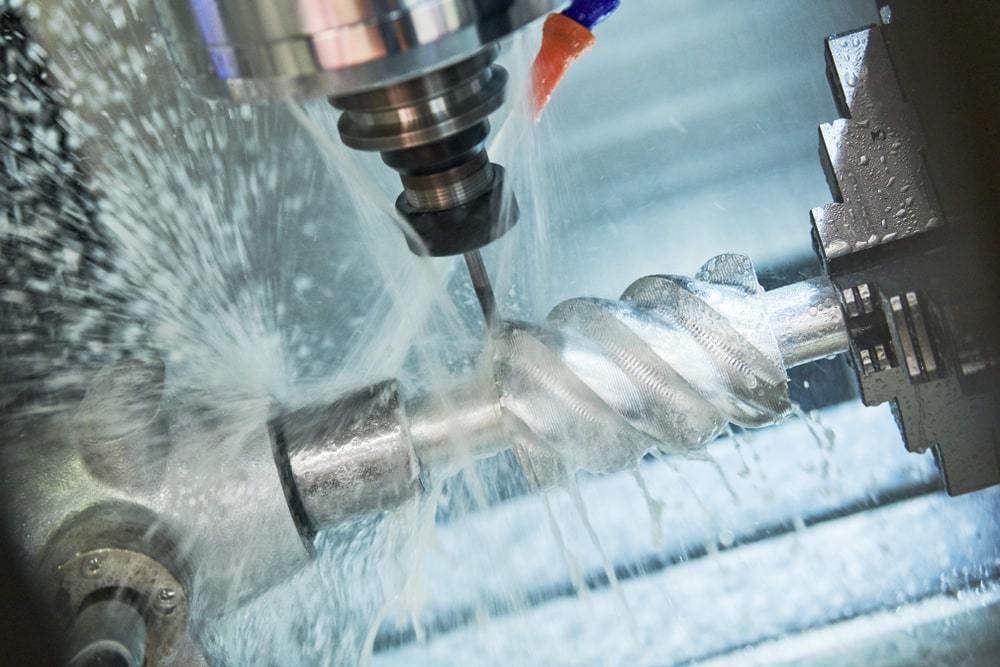What is CNC Machining? | Definition, Processes, Components & More
What is CNC Machining?
CNC 101: The term CNC stands for 'computer numerical control', and the CNC machining definition is that it is a subtractive manufacturing process that typically employs computerized controls and machine tools to remove layers of material from a stock piece—known as the blank or workpiece—and produces a custom-designed part. This process is suitable for a wide range of materials, including metals, plastics, wood, glass, foam, and composites, and finds application in a variety of industries
, such as large CNC machining, machining of parts and prototypes for telecommunications, and CNC machining aerospace parts, which require tighter tolerances than other industries. Note there is a difference between the CNC machining definition and the CNC machine definition—one is a process and the other is a machine. A CNC machine (sometimes incorrectly referred to as a C and C machine) is

a programmable machine that is capable of autonomously performing the operations of CNC machining.
-->Interested in CNC Machining Services? Try out Xometry's Instant Quoting Engine℠ to make your project come to life. Free shipping in the USA.
CNC machining as a manufacturing process and service is available worldwide. You can readily find CNC machining services in Europe, as well as in Asia, North America, and elsewhere around the globe.
Subtractive manufacturing processes, such as CNC machining, are often presented in contrast to additive manufacturing processes, such as 3D printing, or formative manufacturing processes, such as liquid injection molding. While subtractive processes remove layers of material from the workpiece to produce custom shapes and designs, additive processes assemble layers of material to produce the desired form and formative processes deform and displace stock material into the desired shape. The automated nature of CNC machining enables the production of high precision and high accuracy, simple parts and cost-effectiveness when fulfilling one-off and medium-volume production runs. However, while CNC machining demonstrates certain advantages over other manufacturing processes, the degree of complexity and intricacy attainable for part design and the cost-effectiveness of producing complex parts is limited.
While each type of manufacturing process has its advantages and disadvantages, this article focuses on the CNC machining process, outlining the basics of the process, and the various components and tooling of the CNC machine. Additionally, this article explores various mechanical CNC machining operations and presents alternatives to the CNC machining process.
At a glance, this guide will cover:
Overview of CNC Machining Process
Types of CNC Machining Operations
CNC Machining Equipment and Components
CNC Machining Materials
CNC Size Considerations
Alternatives to Using a CNC Machine
History of CNC Machining
Are you between jobs right now or an employer looking to hire? We've got you covered with our in-depth collections of resources for industrial job seekers and employers looking to fill roles. If you have an open position, you can also fill out our form for a chance to have it featured in the Thomas Monthly Update newsletter.